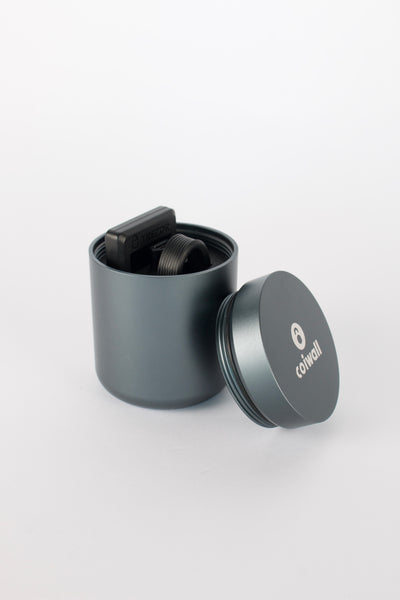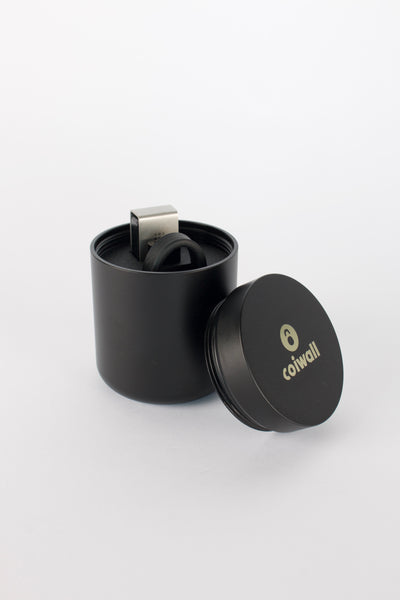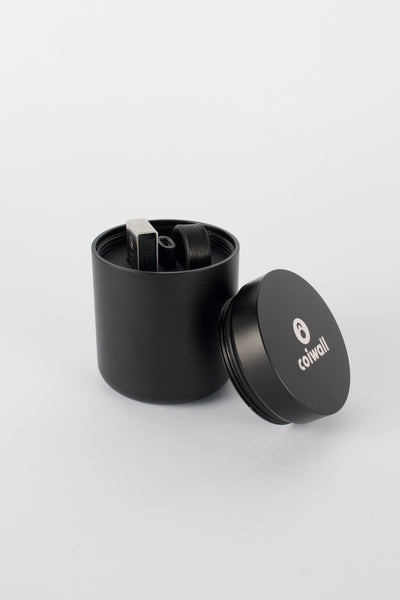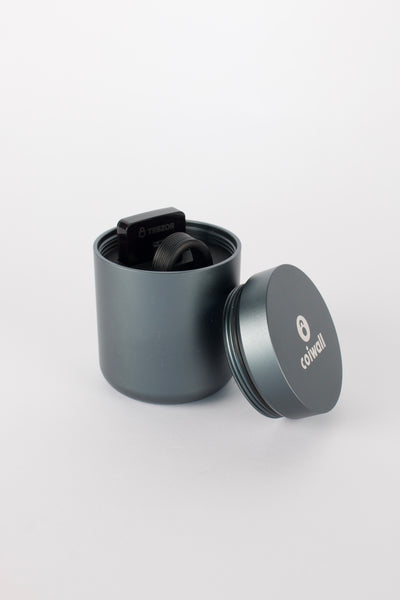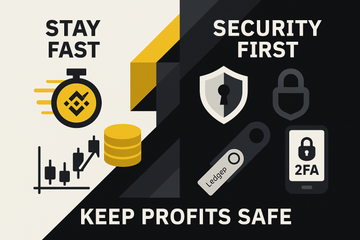Binance often feels like a bustling city market, the kind where you can hear a dozen languages and still find your favorite fruit. It is huge, fast, and packed with tools that can help you trade better, if you know how to use them. Some people come for the deep order books. Others want a simple buy and sell button that does not get in the way. And a lot of us, if we are honest, care about fees and safety more than anything else. You know what? That is reasonable. Crypto moves quickly, yet good habits outlast hype. Let me explain how to get the most out of Binance, while keeping your coins safe and your workflow clean.
What makes Binance tick right now
The first draw is liquidity. Spot markets for BTC, ETH, and the big caps fill fast, and even mid-cap pairs usually have healthy depth. That means tighter spreads and fewer surprises when you place a market order. If you prefer precision, the limit and OCO tickets are straightforward, and the TradingView charts are smooth. For the tinkerer, there are grid and TWAP strategies, copy trading, and even a Convert tool that swaps large clips without fiddling on the order book.
Binance also keeps a steady stream of listings, Launchpad and Launchpool events, and BNB-related perks. During alt seasons, this can feel like a festival. During quiet months, it turns into a research lab. Either way, there is usually movement. Pay attention to stablecoin dynamics too. Pair choice, like USDT or USDC, can affect spreads and funding. Small detail, big difference.
Fees, spreads, and the slippage nobody loves
Trading fees are clear, maker and taker with VIP tiers based on volume. Holding BNB can reduce your rate, which adds up over time. The less obvious cost lives in spreads and slippage. On thin pairs, a market order can slide farther than expected, especially during news or after a big candle. Use the depth chart, set limit orders when possible, and try partial fills if you manage size.
Withdrawal fees depend on the network you choose. Pick the chain that matches your wallet, not just the cheapest route. During rush hours, like after a Bitcoin halving pump or a weekend mempool crunch, network fees can spike. A simple trick helps. Move funds during calm periods, then sit tight when the mempool is jammed. It is a small habit that saves real money over a year.
Security is a habit, not a checkbox
Binance publishes a Proof of Reserves report with Merkle Tree verification, maintains a SAFU fund for emergencies, and offers strong account controls. Turn on 2FA with an authenticator app, add a hardware key like a YubiKey, and set an anti-phishing code so fake emails stand out. Use the address allowlist. Check device history from time to time. These are simple, boring steps. Boring works.
Still, the strongest safety move is cold storage for long-term holdings. A Trezor or Ledger keeps your keys offline. Trade on Binance with a hot stack, then withdraw profits to your hardware wallet. It separates risk. Binance for speed, your device for peace of mind. Verify addresses on the device screen, and label them in your address book so you do not rush later. It feels slow at first, then it becomes second nature.
A quick security routine you can repeat
- Use 2FA with an app, not SMS.
- Allowlist withdrawal addresses, then lock the list.
- Keep a hot stack for trades and a cold stack on Trezor or Ledger.
- Run a small test withdrawal before sending size.
- Review devices and API keys every month.
Earning while you wait, the calm corner
If you hold coins between trades, Binance Earn can help. Flexible products pay modest yields and let you redeem fast. Locked products usually pay more, with time limits. There is also Auto-Invest for dollar-cost averaging, plus staking for networks that support it. Read the details. Some yields come with counterparty risk. If the product is labeled Simple Earn, the yield is from lending or internal programs, not magic.
On-chain staking has its own risks like slashing, while centralized programs reduce the technical overhead. Liquid staking variations, such as BETH for ETH, can help you keep flexibility. Just remember, convenience carries tradeoffs. Match the product to your time horizon and your comfort with risk.
Compliance and access, the moving target
Rules change. Binance has adjusted features by region, raised KYC standards, and, after a major settlement in 2023, shifted leadership and controls. Some services are limited in certain countries, and Binance.US operates as a separate platform. The point is simple. Complete your verification, check regional notices, and plan your workflow with those limits in mind. If you travel, keep a backup method for access, like your hardware key and recovery codes stored safely.
Tools that real traders lean on
APIs are robust, with subaccounts for teams and strategy isolation. If you run bots, set IP limits and read-only keys for monitoring. Margin comes in cross and isolated modes. Cross can backstop one position with your whole balance, which is powerful and risky. Isolated keeps risk boxed. Futures add speed and flexibility with linear and coin-margined contracts, but liquidation is merciless. Use stop losses, even if you think you will watch the chart. You will blink at the wrong time. Everyone does.
For fast moves, the Convert tool is underrated. Big swaps, fewer clicks, less chance of fat-finger errors. P2P can help with fiat on and off ramps when bank rails are slow, but only trade with verified merchants. For payments, Binance Pay is handy for small invoices and peer transfers. And do not sleep on the Tax and Reports center. Exporting clean data saves you hours in spring.
Setting up a clean hardware wallet workflow
Here is a simple path that works. Buy or trade on Binance. When you are done, withdraw to your Trezor or Ledger. Pick the right network for the token. ERC-20 to Ethereum, TRC-20 to Tron, native chains for coins like ADA or SOL. If the asset needs a memo or tag, such as XRP or XLM, fill it carefully. Send a tiny test first, then the rest. Verify the address on your device screen. Store the recovery seed offline, never in your phone’s notes. If you want to use DeFi later, connect your hardware wallet to a wallet app, then interact on-chain while keeping keys cold.
Over time, create a rhythm. Weekly transfers. Monthly reconciliations. A single spreadsheet with dates, fees, and networks. It is not fancy, just tidy. And tidy beats clever when markets get loud.
Quick checks before your next trade
- Is volatility high, and are spreads wide on your pair?
- Do you have a stop in place, not just in your head?
- Is your withdrawal address verified on your Trezor or Ledger?
- Are fees stable on the network you plan to use?
- Did you size the trade so a bad tick will not wreck your week?
Trends worth watching without chasing
Liquidity often spikes around macro events, ETF headlines, or quarterly closes. Bitcoin halving years bring odd weekend moves and crowded funding. Proof of Reserves updates can calm nerves during stress. New listings wake up side pairs that sat sleepy for months. Keep an eye on stablecoin flows and funding rates. They whisper before price shouts.
Binance is not perfect. No exchange is. It is fast, it is broad, and it gives you enough tools to build a clean routine. Treat security like training, not a chore. Keep a hot stack for speed, keep a cold stack for sleep. Trade with limits when the book is thin, and switch to Convert when you just need execution. When the market turns noisy, step back for a minute. The chart will still be there, and so will your plan.
Honestly, that is the quiet edge. Not a secret signal, not a lucky token, just a calm setup that you repeat. If you can make that your habit with Binance, the rest starts to feel easier.

